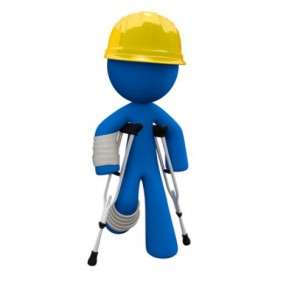
All accidents occurring at work must be reported in an accident book, as do the following:
- A death or significant injury like a broken bone
- An injury that is not significant but causes you to be unable to work for 3 days
- An injury to a visitor or customer – a non-employee, which results in them requiring hospital treatment
- A work related disease
- A dangerous incident which does not result in an injury but could have done.
In order to make a compensation claim for an accident at work you must start proceedings within 3 years of the date of the accident, unless:
- At the time of your accident you were under 16, in which case the 3 year period would not start until your 16th birthday, or an adult could bring the claim on your behalf.
- Your work related injury only became apparent at a date following the accident, the 3 year period would being to run on the day you first became aware of the injury rather than the date of the accident
If you make a compensation claim for an accident at work the compensation would be covered by your employer. It is a legal requirement for them to have what is known as Employers Liability Insurance to cover them in case of any workplace accidents and therefore their insurers will pay your compensation in the event of a successful claim.
Useful Information and Evidence Required by Your Solicitor to Support Your Claim
In order for a successful Accident at Work claim you must prove that any injuries suffered were the result of an act of negligence made by or on behalf of your employer. This claim will need to be supported by evidence which may include:
- Accident report book;
- Witness statements from:
- You, the Claimant – evidence of accident, injuries etc;
- Co-workers – evidence of accident and if there have been any past accidents that were similar;
- CCTV;
- HSE report;
- Expert report;
- Pictures – photo the accident or the location of the accident;
- Previous risk assessments;
- Evidence of any signs relating to danger/liability; and
- Evidence of any procedure for dealing with such accidents.

